Water Project Proposal Samples
-

Water Dispenser Project Proposal
download now -

Water Conservation Project Proposal
download now -

School Water Project Proposal
download now -

Bottled Water Project Proposal
download now -

Borehole Water Project Proposal
download now -
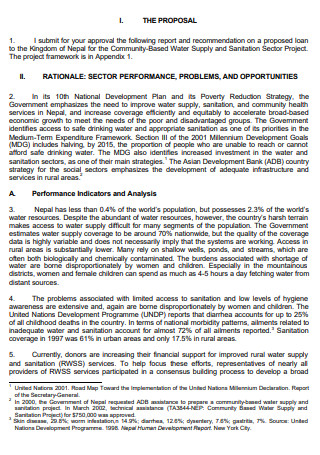
Community Based Water Supply and Sanitation Project Proposal
download now -

Drinking Water Supply Project Proposal
download now -

Water Project Proposal
download now -

Sample Water Project Proposal
download now -

Clean Water Project Proposal
download now -

Drinking Water Bore Wells Project Proposal
download now -

Sea Water Project Proposal
download now -

Contaminated Water Project Proposal
download now -

Water Resources Management Project Proposal
download now -
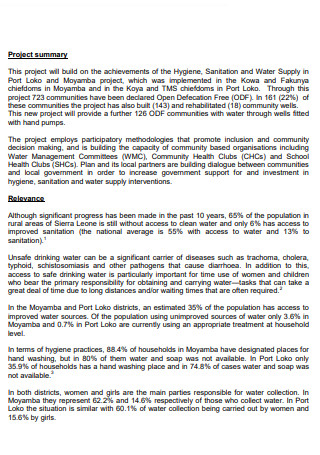
Additional Water Supply Project Proposal
download now -

Integrated Water Regional Project Proposal
download now -

Water Resources Professional Project Proposal
download now -
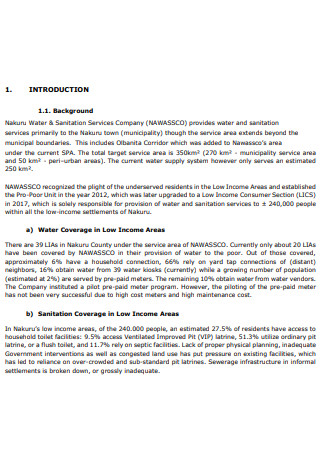
Improving Water And Sanitation coverage and hygiene Project Proposal
download now -

Water Security Project Proposal
download now -

Water Resources Project Proposal
download now -

Integrated Water Supply Project Proposal
download now -
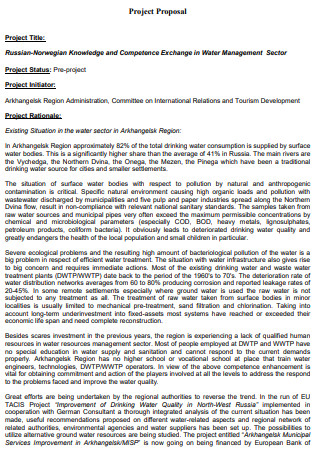
Competence Exchange Water Management Project Proposal
download now -

Water Energy Project Proposal
download now -

Continuous Water Quality Monitoring Project Proposal
download now -

Water Expansion Project Proposal
download now -

Water Bottle Filling Stations Project Proposal
download now -

Water Purification Project Proposal
download now -

On-Site Water Treatment Project Proposal
download now -

Water Management Assistance Project Proposal
download now -
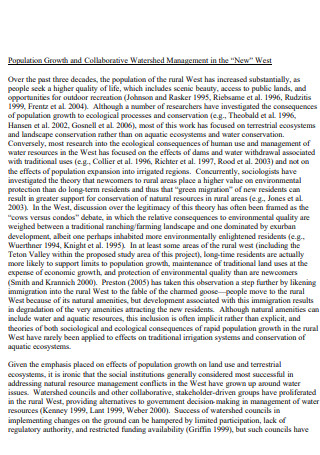
Conseration of Ground Water Project Proposal
download now -

Water Project Proposal Format
download now -

Waste Water Project Proposal
download now -

Lake Watershed Project Proposal Summary Sheet
download now -
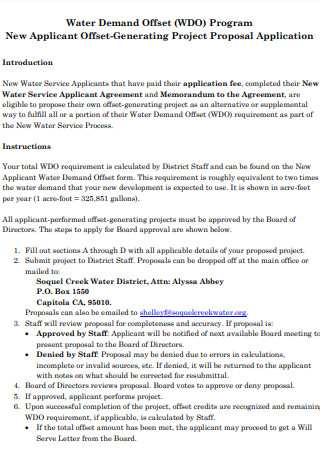
Water Demand Offset Project Proposal
download now -
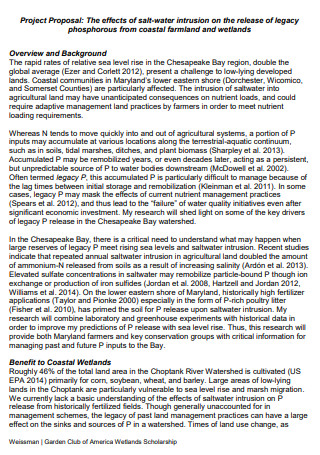
Salt Water Intrusion Project Proposal
download now -

Water Master Plan Update Project Proposal
download now -
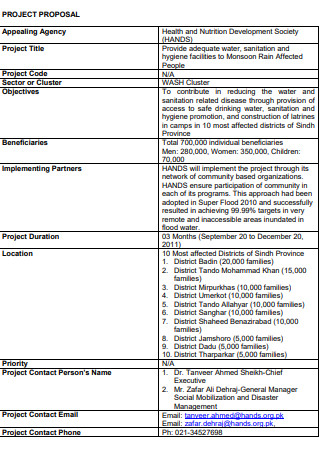
Adequate Water Sanitation Hygiene Project Proposal
download now -

Peninsula Water Supply Project Proposal
download now -

Easier Water Access Project Proposal
download now -

Integrated Land and Water Management Project Proposal Outline
download now -

Transboundary Aater And Climate Project Proposal
download now -

Rural Potable Water Supply Development Project Proposal
download now -

World Water Crisis Centre Project Proposal
download now -

Low Cost Water Filtration Project Proposal
download now -

Harvest Water Pumping Station Project Proposal
download now -

Water System Project Proposal
download now -

Water Supply And Sanitation Project Proposal
download now -

Sustainable Water Management and Food Security Project Proposal
download now -

River Water Bank Feasibility Study Project Proposal
download now -

Watershed Development Project Proposal
download now -

Water Tanks Professional Services Project Proposal
download now -

Water Resources Program Project Proposal
download now -

Water Supply Augmentation Project Proposal
download now -

Water and Climate Project Proposal
download now -

Water Quality Improvement Project Proposal Scoring System
download now
FREE Water Project Proposal s to Download
Water Project Proposal Format
Water Project Proposal Samples
What is a Water Project Proposal?
Purposes of a Water Project Proposal
Key Elements of a Water Project Proposal
How to Create a Water Project Proposal
FAQs
What Is an Example of a Water Project Proposal?
Why Is a Water Project Crucial to a Community?
What are the challenges in creating a water project proposal?
What role do stakeholders play in a water project proposal?
How does a water project proposal secure funding?
How long should a water project proposal be?

Download Water Project Proposal Bundle
Water Project Proposal Format
I. Title Page
- Project Title
- Submitted By (Name of Organization/Individual)
- Date of Submission
- Contact Information (Address, Email, Phone Number)
II. Executive Summary
- Brief overview of the project.
- Key objectives and expected outcomes.
- Total estimated budget and funding requirement.
- Summary of target area and beneficiaries.
III. Introduction
- Background of the issue (water scarcity, quality, etc.).
- Relevance of the project to the community.
- Description of the organization or individual proposing the project.
IV. Problem Statement
- Specific problems related to water in the target area.
- Causes and effects on the local population and environment.
- Evidence or data supporting the existence of the problem.
V. Objectives
- General Objective: The overarching aim of the project.
- Specific Objectives: Measurable and time-bound goals.
VI. Project Description
- Project Location: Specific area(s) where the project will be implemented.
- Project Activities: Detailed list of activities planned to achieve objectives.
- Target Beneficiaries: Population and groups directly benefiting.
- Technology and Approach: Description of techniques, tools, or methodologies.
VII. Implementation Plan
- Timeline: A detailed Gantt chart or milestones.
- Roles and Responsibilities: Key stakeholders and their responsibilities.
- Partnerships: Collaboration with local organizations, government, or experts.
VIII. Budget and Financial Plan
- Detailed budget breakdown (e.g., equipment, labor, administration).
- Source of Funds: Existing and requested funding.
- Sustainability Plan: Long-term funding and maintenance strategy.
IX. Expected Outcomes
- Short-term and long-term outcomes.
- Impact on the local community and environment.
- Quantitative and qualitative indicators for measuring success.
X. Monitoring and Evaluation
- Plan for tracking progress and assessing the impact.
- Key performance indicators (KPIs).
- Reporting mechanisms and schedules.
XI. Risk Analysis and Mitigation Plan
- Potential risks (financial, environmental, social).
- Strategies for mitigating these risks.
XII. Conclusion
- Summary of the project’s importance.
- Call to action for funders or stakeholders.
XIII. Annexes
- Supporting documents (maps, surveys, reports, etc.).
- Detailed implementation schedules.
- Additional technical or financial data.
What is a Water Project Proposal?
A water project proposal is a conceptual document that offers potential solutions to a water problem in a community or area and is intended to be presented to prospective investors and leaders for implementation. It includes parts on the objectives, requirements, and suggested solution, much like any other project proposal. After doing primary research report on a water supply problem or ineffective irrigation system, a water supply project proposal sample could be created. A proposal for a water project would also include labor and environmental information. Most importantly, explain how it will benefit the community and why it is being proposed in the first place. You can also see more on Environmental Project Proposal.
Purposes of a Water Project Proposal
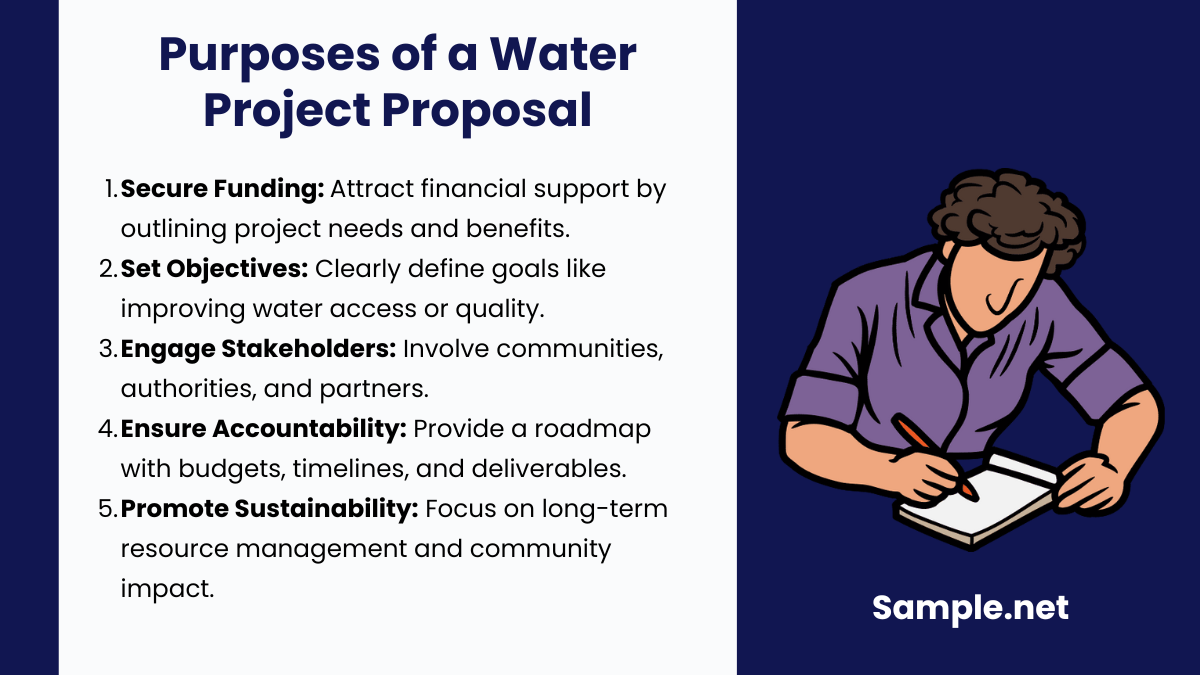
1. Securing Funding
One of the primary purposes of a water project proposal is to secure financial support from donors, governments, non-governmental organizations, and private sector entities. These proposals are crafted to highlight the critical need for intervention and demonstrate how the funding will be utilized to address specific water-related challenges. By detailing the scope, budget, and expected outcomes, the proposal serves as a persuasive document to encourage stakeholders to invest in sustainable water initiatives.
2. Defining Objectives
A water project proposal plays a key role in clearly defining the project’s objectives. Whether the goal is to improve access to safe drinking water, enhance water quality, develop infrastructure, or implement water conservation practices, the proposal provides a well-articulated plan. This clarity ensures that all stakeholders, including project teams and funders, have a shared understanding of what the project aims to achieve and how success will be measured. You can also see more on Agricultural Project Proposal.
3. Engaging Stakeholders
Effective water projects often require the involvement of multiple stakeholders, including local communities, government agencies, non-profits, and private organizations. The proposal serves as a bridge to engage these groups, ensuring their active participation in the planning, execution, and management phases. By addressing the specific roles and responsibilities of each stakeholder, the proposal fosters collaboration and builds trust among parties, ensuring the project aligns with the needs of the community it aims to serve.
4. Providing Accountability]
A well-structured water project proposal provides a framework for accountability by detailing how the project will be implemented. This includes timelines, budgets, deliverables, and milestones that help track progress and ensure resources are used efficiently. By setting clear benchmarks, the proposal helps maintain transparency with funders and stakeholders, creating a system for monitoring and evaluating the project’s success. This accountability is crucial for gaining and retaining the trust of all involved parties.
5. Driving Sustainability
Sustainability is at the heart of any successful water project. A proposal emphasizes the importance of long-term water resource management and demonstrates how the project will achieve this. This may involve integrating environmentally friendly practices, promoting community ownership, and establishing mechanisms for maintaining infrastructure. By outlining a plan for sustainability, the proposal ensures that the benefits of the project endure well beyond its completion, fostering resilience in water resource management. You can also see more on Landscape Project Proposal.
Key Elements of a Water Project Proposal
- Title Page
- Includes the project title, organization name, and submission date.
- Provides the first impression and highlights the proposal’s focus.
- Executive Summary
- Summarizes the proposal in a brief, concise manner.
- Highlights the problem, goals, proposed solutions, and expected impact.
- Introduction
- Provides background information on the water issue being addressed.
- Outlines the proposal’s significance and alignment with broader goals.
- Problem Statement
- Details the specific water-related problem.
- Supported by data, statistics, or case studies to emphasize its relevance.
- Goals and Objectives
- Lists clear, measurable outcomes the project aims to achieve.
- Aligns with community needs and environmental sustainability.
- Implementation Plan
- Explains the step-by-step process for executing the project.
- Includes timelines, technologies, and roles for team members.
- Budget and Funding
- Breaks down costs associated with the project.
- Identifies funding sources or partnerships.
- Monitoring and Evaluation
- Specifies how project outcomes will be assessed.
- Ensures transparency and tracks progress through key metrics.
- Conclusion and Call to Action
- Summarizes the proposal and its anticipated impact.
- Encourages stakeholders to approve or support the project.
How to Create a Water Project Proposal

Step 1: Identify the Problem
Start by describing the water-related issue your project aims to address. Highlight its impact on the target population or ecosystem. Use data and statistics to provide context and urgency for action. You can also see more on School Project Proposal.
Step 2: Define Goals and Objectives
Clearly outline what the project intends to achieve. Specify measurable goals, such as reducing water scarcity by 20% or providing access to clean water for 1,000 households.
Step 3: Develop an Implementation Plan
Explain how the project will be executed step by step. Include details about methods, technologies, and team roles. For example, specify if the project will install boreholes, water treatment plants, or irrigation systems. You can also see more on Title Project Proposal.
Step 4: Estimate Budget and Resources
Provide a detailed breakdown of costs, including materials, labor, and administrative expenses. Mention any in-kind contributions or partnerships that will offset costs.
Step 5: Draft Monitoring and Evaluation Measures
Describe how the project’s success will be measured. Specify key performance indicators (KPIs), such as water quality improvement or community satisfaction, and outline periodic review processes.
A well-structured water project proposal is key to securing support and resources for enhancing water systems. By prioritizing clean water access, this initiative not only promotes public health but also strengthens community resilience and fosters sustainable development for future generations. You can also see more on Network Project Proposal.
FAQs
What Is an Example of a Water Project Proposal?
One common example of a water project proposal is a water supply project proposal. Its goal is to provide clean water from a reservoir or to construct a dam by diverting the flow of water from rivers and lakes. This sustainable method of obtaining water benefits the local population in terms of water scarcity because it is usually cleaned and made fit for use.
Why Is a Water Project Crucial to a Community?
This topic is concerned with both community sanitation and health. People who have access to clean water tend to be healthier and have better cleanliness. A recreation water project, for example, benefits the community through the money and tourists it attracts. Farmers, for example, would gain from irrigation, as would fishers from water ponds. In essence, water is critical for survival. As a result, there is no doubt about its significance in a community. You can also see more on Community Project Proposal.
What are the challenges in creating a water project proposal?
Challenges include limited data, lack of stakeholder cooperation, or difficulties in estimating costs. Addressing these requires thorough research and collaboration.
What role do stakeholders play in a water project proposal?
Stakeholders, such as local authorities and community members, provide support, insights, and resources, ensuring the proposal’s feasibility and success. You can also see more on Plumbing Contract Proposal.
How does a water project proposal secure funding?
It convinces potential funders by presenting a clear problem, measurable goals, and a viable solution. A detailed budget and evidence of impact make it compelling for stakeholders.
How long should a water project proposal be?
The length depends on the project’s scope but should be detailed enough to cover all necessary information. You can also see more on Real Estate Project Proposal.
